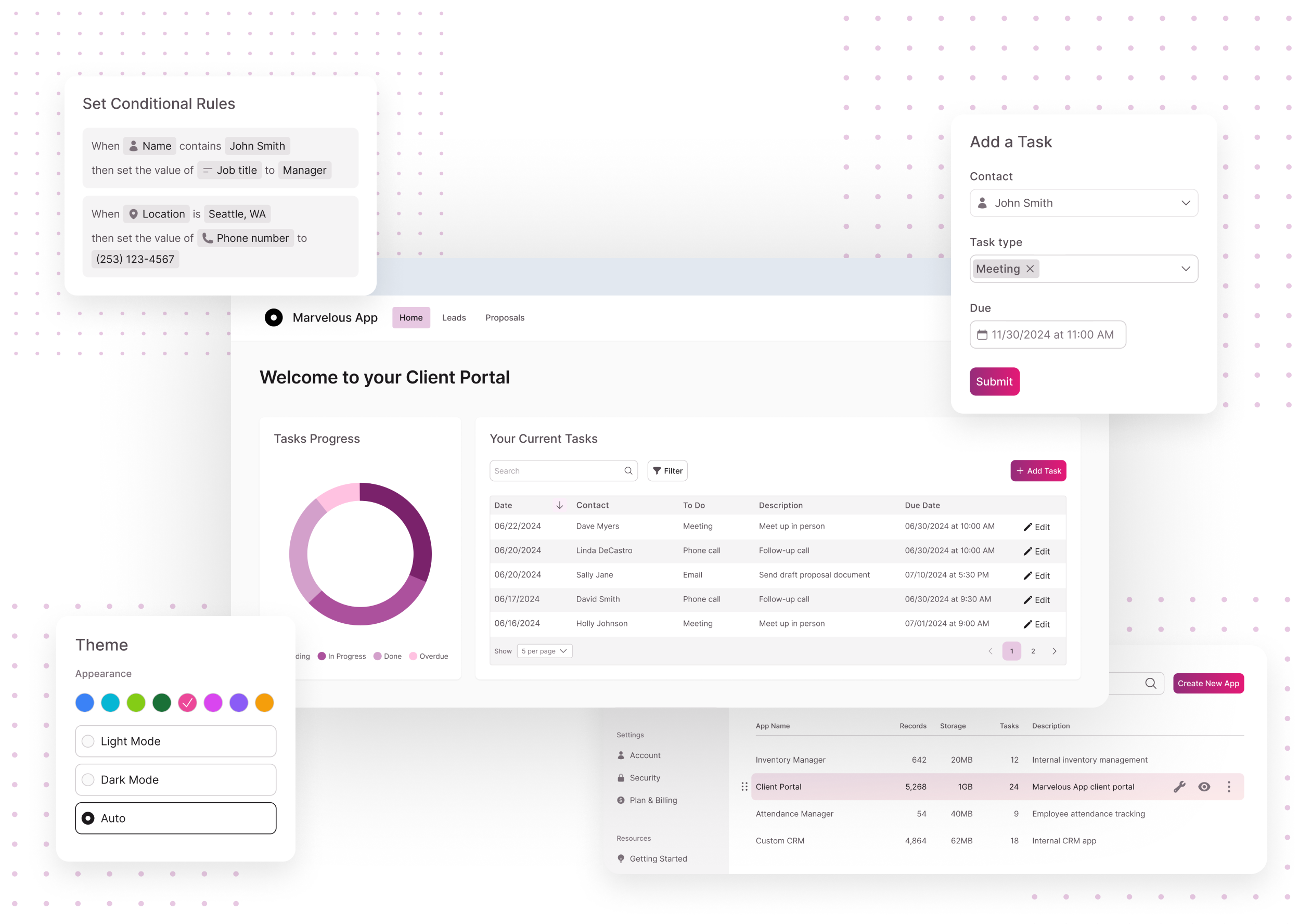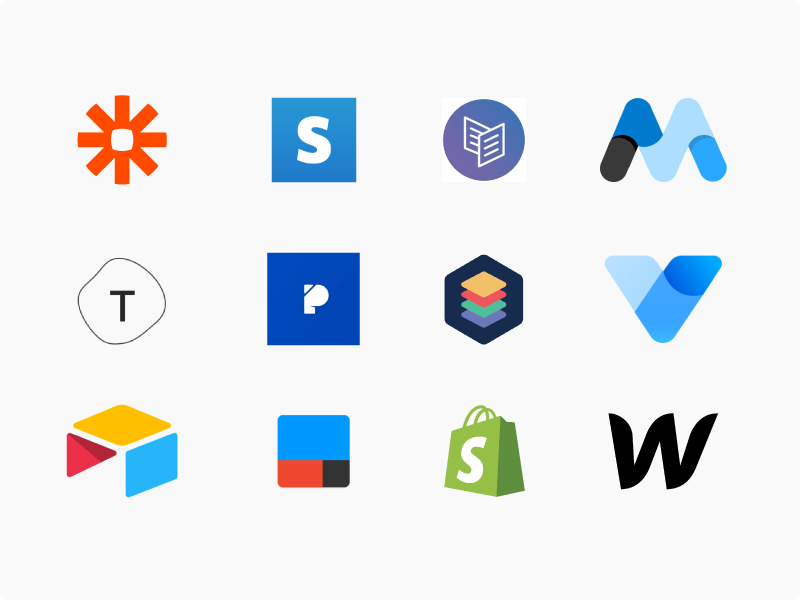Exploring the Advantages of Scalable Databases That Call For No Coding Skills for Efficient Information Management Solutions
The emergence of scalable databases that get rid of the requirement for coding skills presents a transformative possibility for companies looking for effective information administration remedies. By making it possible for non-technical customers to harness the power of information through intuitive user interfaces, these systems improve ease of access and foster cooperation throughout diverse teams. Their cost-effectiveness and adaptability to progressing company requirements can considerably enhance operational processes. As we think about the ramifications of such advancements, it becomes critical to examine exactly how they can improve the landscape of data administration and drive lasting growth in a competitive atmosphere.
Enhanced Ease Of Access for Users
Enhanced availability for users is an important element of scalable databases, guaranteeing that information management systems are instinctive and easy to use. In a period where data-driven choices are vital, ease of access permits a bigger series of customers, including those without extensive technical experience, to involve with data source systems successfully. This democratization of information accessibility facilitates boosted collaboration throughout departments, equipping employees to make and remove understandings educated choices.
Easy to use user interfaces, such as visual data and drag-and-drop features depiction, simplify complicated information interactions. These enhancements reduce the understanding curve connected with traditional data source management, enabling customers to concentrate on leveraging information as opposed to coming to grips with technological intricacies. Additionally, scalable data sources typically incorporate customizable control panels and real-time analytics, supplying individuals with immediate insights customized to their particular demands.

Cost-Effectiveness and Source Cost Savings
Reliable information administration not just rests on ease of access yet likewise on cost-effectiveness and resource financial savings. Scalable databases made for customers without any coding abilities considerably reduce financial concerns typically associated with standard database monitoring systems. By removing the requirement for specialized shows knowledge, companies can designate their sources much more efficiently, concentrating funds on core company tasks instead of substantial training or employing skilled workers.
Furthermore, these databases commonly make use of cloud-based services, which better reduce costs connected to hardware and upkeep. Organizations can scale their data source options according to their demands, preventing the costs sustained from over-provisioning resources. This adaptability means organizations can adjust to changing needs without incurring unnecessary expenses, leading to significant long-lasting savings.
In addition, straightforward user interfaces improve information entry and administration processes, reducing the time invested on administrative jobs. This efficiency converts right into labor expense financial savings, allowing groups to concentrate on calculated initiatives instead of regular maintenance. In general, taking on scalable databases that need no coding skills promotes a much more cost-efficient method to information management, enabling companies to maximize their sources while preserving high levels of functional effectiveness.
Improved Partnership Across Teams

In addition, have a peek at this website scalable data sources promote smooth communication amongst staff member. With easy to use interfaces that call for no coding skills, employees can conveniently develop, change, and share reports or control panels customized to their details requirements. This democratization of information encourages non-technical customers to contribute understandings, improving the collective environment.
In addition, these data sources support simultaneous accessibility, allowing numerous customers to service the exact same dataset simultaneously. This attribute boosts performance, as groups can take part in joint data analysis without the danger of variation control concerns. The capacity to leave notes or remarks directly within the database even more promotes dialogue and clarifies information analyses.
Streamlined Information Management Processes
In today's data-driven atmosphere, organizations recognize the need of streamlined data monitoring refines to make best use of performance and precision. By leveraging scalable databases that require no coding abilities, companies can streamline their information handling and lower the intricacies commonly related to conventional database systems. This ease of access empowers non-technical users to engage directly with information, helping with quicker decision-making and visit site decreasing reliance on specialized IT workers.
Streamlined data monitoring processes boost workflow by automating regular jobs such as data access, validation, and reporting. Automated information combination ensures that details from numerous sources is aggregated perfectly, removing silos and promoting a merged view of crucial business metrics (no-code). Straightforward interfaces permit personnel to control information conveniently, enabling them to create insights that drive strategic efforts without the demand for substantial training.
This performance not only speeds up functional procedures yet additionally decreases the potential for human mistake, making certain that information stays exact and reputable. Ultimately, streamlined data monitoring processes with scalable databases result in boosted efficiency, enabling organizations to concentrate on core activities while making sure that their information management techniques are effective and efficient.
Scalability for Growing Companies

For broadening business, the capability to scale up or down is important. A scalable data source can take care of an influx of information created from new consumers, products, or services, making sure that company procedures remain nonstop. Moreover, these databases give the capacity to handle peak lots efficiently, which is vital throughout durations of rapid development or seasonal spikes.
Additionally, numerous scalable data source options are designed with easy to use user interfaces that need no coding skills, equipping non-technical staff to take care of data properly (no-code). This democratization of data management enables organizations to allocate resources tactically and decrease reliance on specialized IT workers
Eventually, embracing a scalable database not just improves operational efficiency however likewise fosters an environment where services can innovate and develop without the constraints of traditional data source systems. This adaptability positions companies for long-lasting success in today's competitive landscape.
Final Thought
To conclude, scalable databases that need no coding abilities give significant advantages for efficient data management. These systems improve availability for non-technical individuals, minimize functional this contact form expenses, and promote collaboration throughout groups. By improving data management procedures and using scalability for expanding organizations, such solutions enable organizations to adapt to altering needs efficiently. Eventually, the adoption of these user-friendly data sources promotes development and positions companies for lasting success in a dynamic setting.
Boosted ease of access for individuals is a critical facet of scalable data sources, ensuring that information management systems are easy to use and intuitive.Easy to use interfaces, such as aesthetic data and drag-and-drop features depiction, streamline intricate information interactions. On the whole, embracing scalable databases that call for no coding abilities promotes a much more cost-efficient strategy to information administration, enabling organizations to optimize their sources while keeping high levels of functional effectiveness.
By leveraging scalable databases that need no coding abilities, organizations can streamline their data handling and lower the intricacies commonly associated with conventional data source systems - no-code.Structured data management processes enhance workflow by automating routine tasks such as information entrance, validation, and coverage
Comments on “Why No-Code is the Future of Open Platform Data Source Creation for Organizations”